Science Illustrated delivers natural science, break through discoveries and an understanding of the world for the entire family. Packed with stunning photography and in-depth editorial it’s a visually spectacular gateway to the world looking into the beginning of life to distant objects in the universe.
Science Illustrated Australia
Beaming up: Lasers used to sharpen stars
Dinner host: Caterpillar survives parasitic wasps
Remote power: NASA’s mini reactor for the Moon & Mars
The Milky Way’s life has been prolonged by 600 million years • Our galaxy will end its independent life when it collides with its large neighbour, the Andromeda galaxy – but this is now predicted to happen much later than astronomers had previously thought.
New treatment converts cancer into fat
BY THE WAY
Earth’s oldest stones were discovered on the Moon
Electric shocks – diet of the future? • By means of slight electric shocks, a new implant can fool your brain into believing that you are full, making it easier to lose weight.
Two human species shared the same cave
Mysterious object surprises astronomers
AROUND THE WORLD · Bolivia
Longer thicker brain-cell arms determine your IQ score
New method makes 3D printing 100 times faster • Scientists can now shape 3D figures at speed, using light frequencies to harden a liquid gel.
Fish virgin birth amazes scientists
AROUND THE WORLD · Peru
Vitamin D improves your memory
Implant controls the urge to pee • Scientists can correct a communication error between the urinary bladder and the brain which makes many people go to the bathroom more than is actually necessary.
Celtic soil bacterium may save lives
Satellites show the world becoming greener • Extensive tree planting projects and increased farmland have grown the world’s green areas by 5% since 2000.
AUSTRALIAN CAMERA FOR PHOTOGRAPHY ENTHUSIASTS
Do artificial sweeteners cause cancer?
Where does the energy from sunlight go? • If Earth receives energy from the Sun all the time, shouldn't our planet warm up? Where does the energy go?
Which has the greater surface area?
Can plants get cancer?
How does a blood glucose meter work?
How deep can the sand of a desert become?
Do insects have beaks? • Many insects have large jaws that protrude from their heads. Can these be classified as beaks?
What is the risk of being struck by an asteroid?
Luminous algae in the surf
…there is no upper temperature limit? • Absolute zero is the lowest limit of the thermodynamic temperature scale. But is there a similar upper limit for the temperature scale?
The hottest point in the universe is here on Earth
Why can some people make their eyes ‘shake’?
How can a bearded vulture feed on bones?
WHY DOES A FREEZER SEAL WHEN THE DOOR CLOSES?
How did Uluru become so large and so red? • Is Uluru a part of a mountain range that existed long ago? And what is the large rock made of that makes it red?
The giant meteor strike that humans (mostly) survived… • A meteor with a diameter of 1.5km strikes Greenland with the force of 700 nuclear bombs. The discovery of a huge crater reveals that this meteor strike may have delivered a millennium of cold temperatures for late Stone Age humans.
Crushed sand grains disclose strike • Radar waves gave scientists clues to find a huge crater. Slanting rock, gold, and cracked sand grains provided them with the final evidence of a tremendous meteor strike.
Meteor interrupted global defrosting • The ice age was about to end, and temperatures were approaching those of today. But then disaster struck. A huge meteor melted hundreds of cubic...

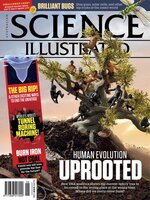 Issue 106
Issue 106
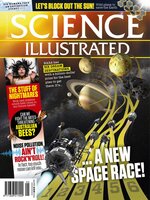 Issue 105
Issue 105
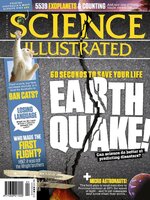 Issue 104
Issue 104
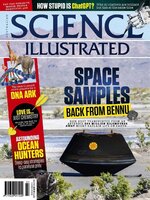 Issue 103
Issue 103
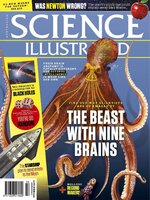 Issue 102
Issue 102
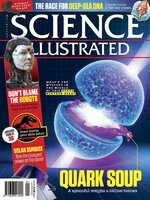 Issue 101
Issue 101
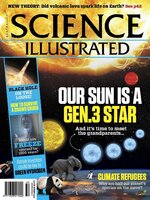 Issue 100
Issue 100
 Issue 99
Issue 99
 Issue 98
Issue 98
 Issue 97
Issue 97
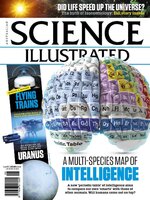 Issue 96
Issue 96
 Issue 95
Issue 95
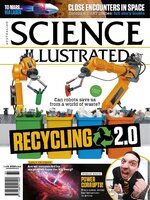 Issue 94
Issue 94
 Issue 93
Issue 93
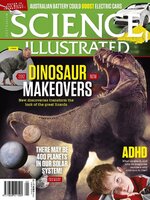 Issue 92
Issue 92
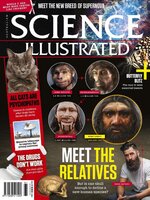 Issue 91
Issue 91
 Issue 90
Issue 90
 Issue 89
Issue 89
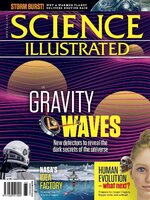 Issue 88
Issue 88
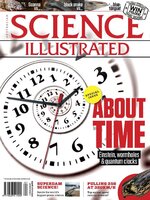 Issue 87
Issue 87
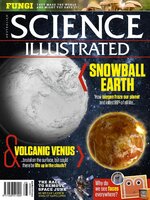 Issue 86
Issue 86
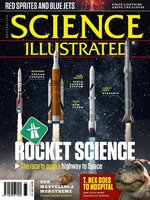 Issue 85
Issue 85
 Issue 84
Issue 84
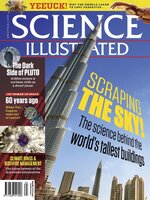 Issue 83
Issue 83
